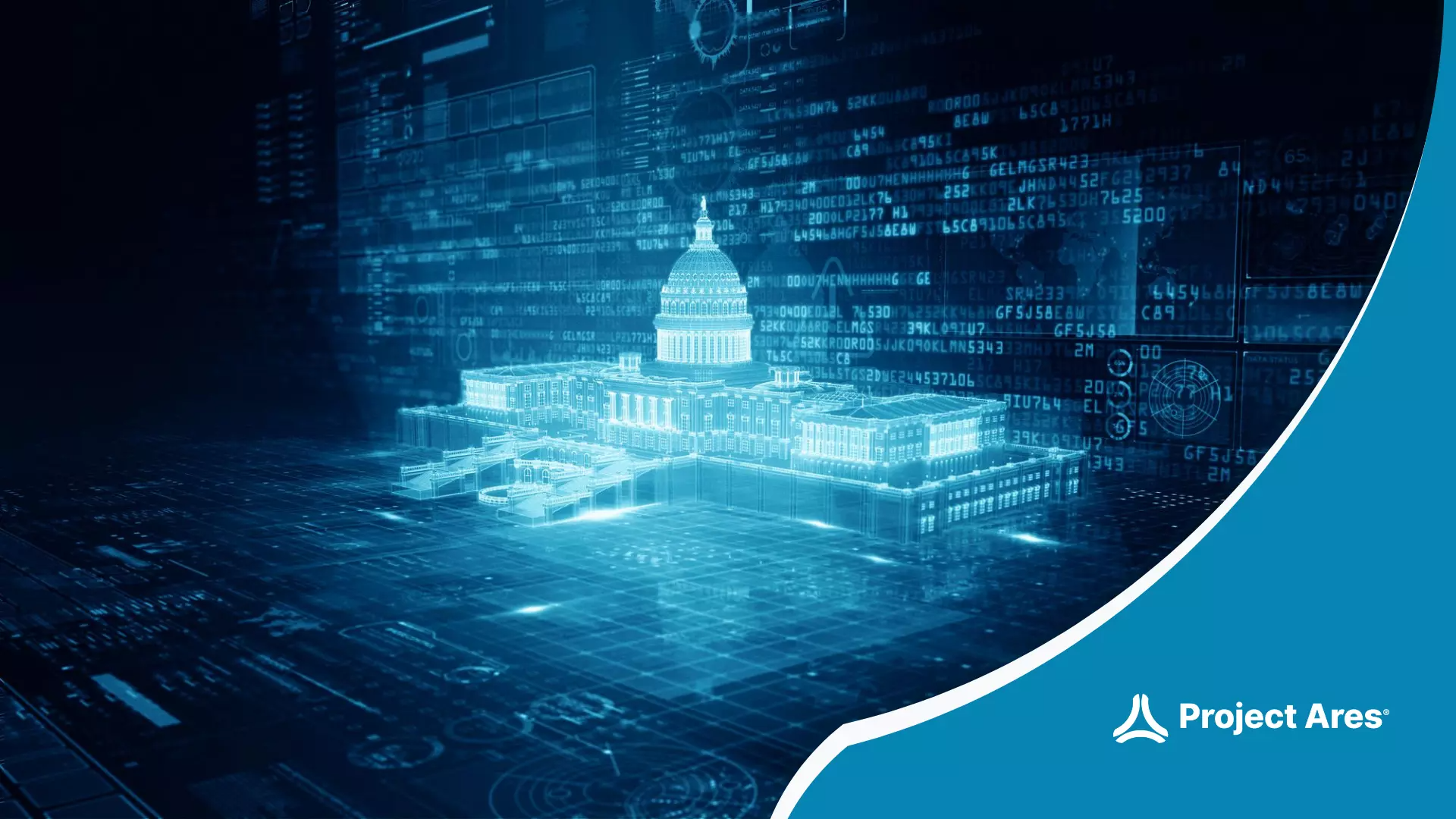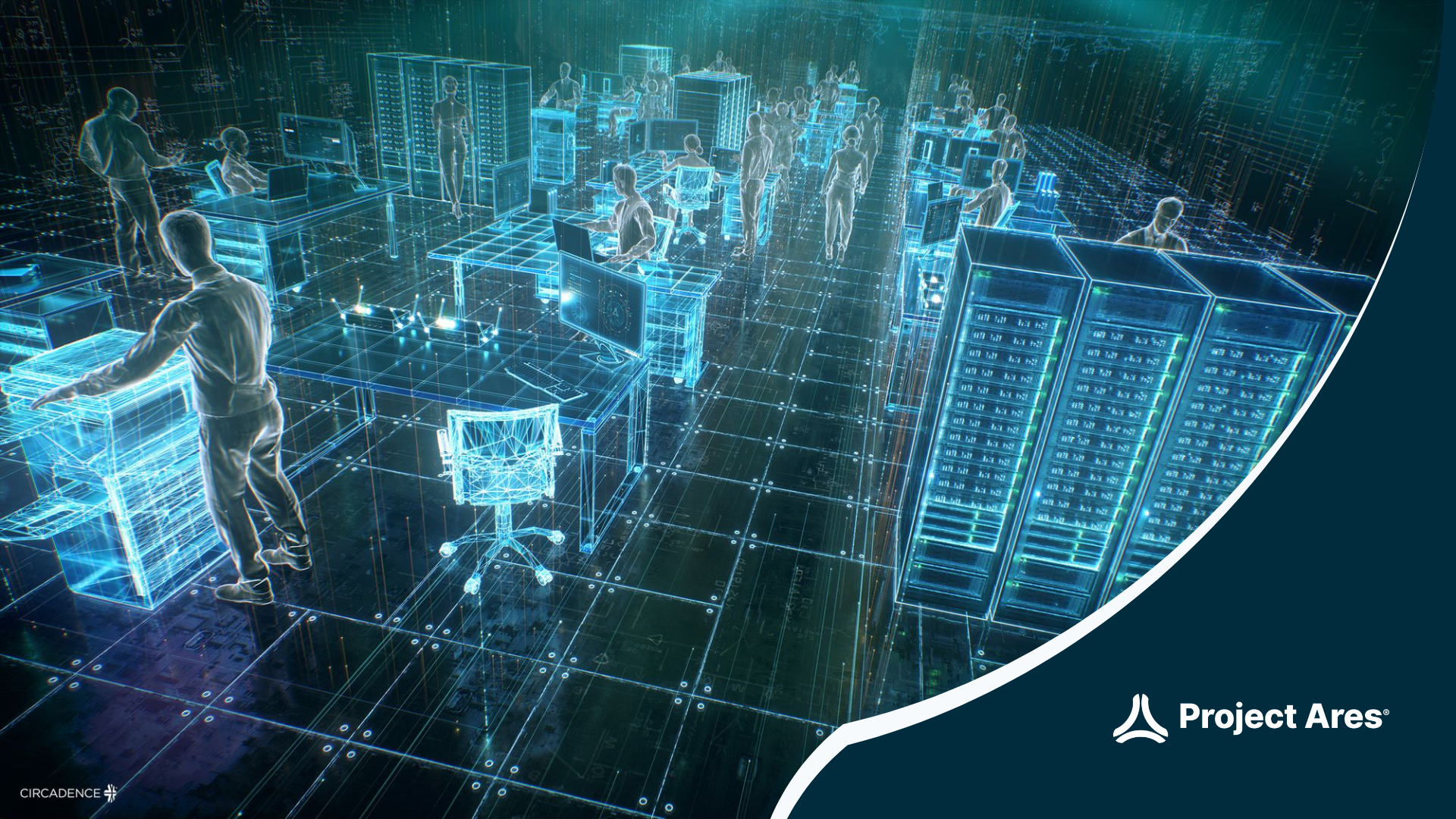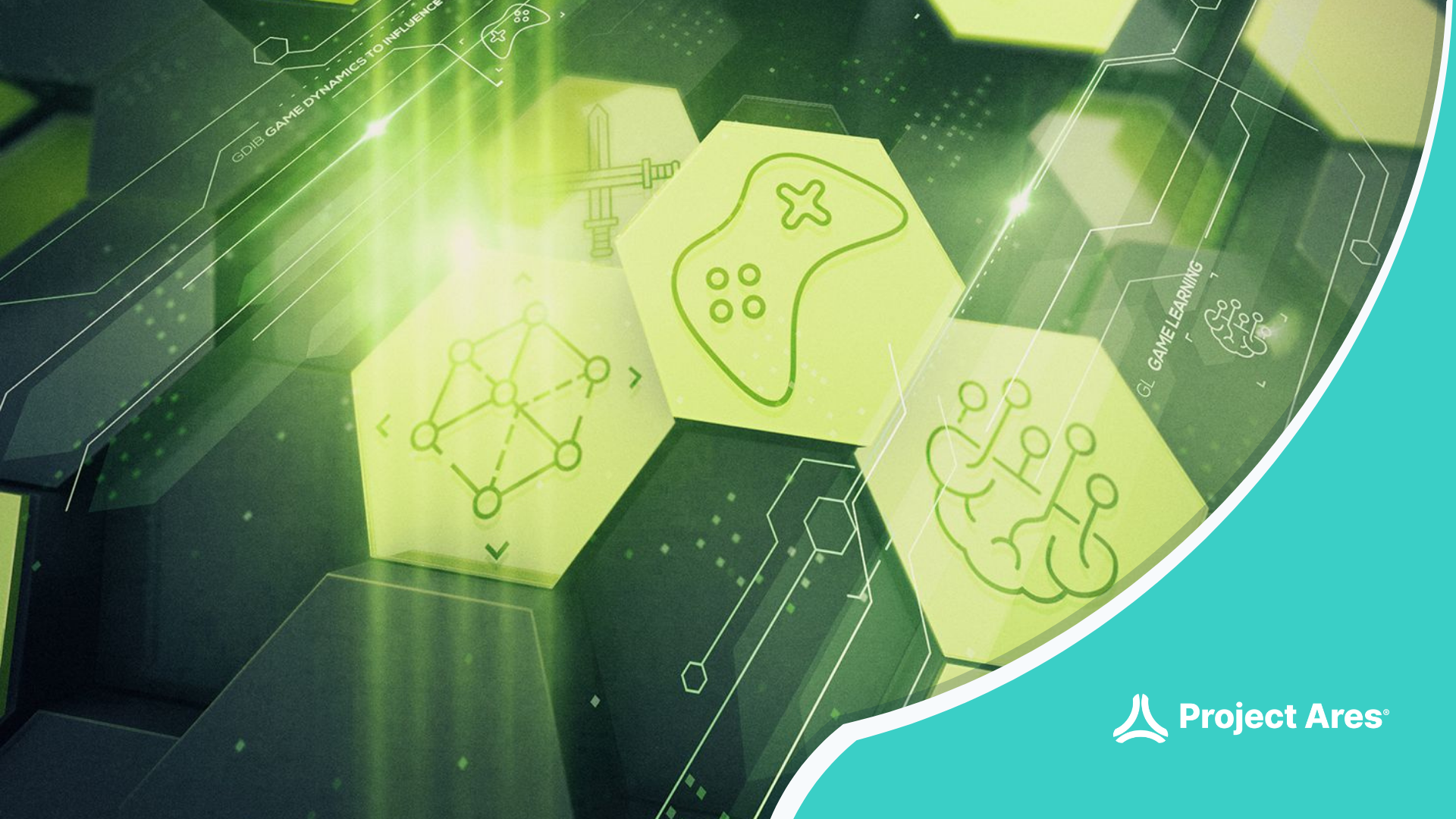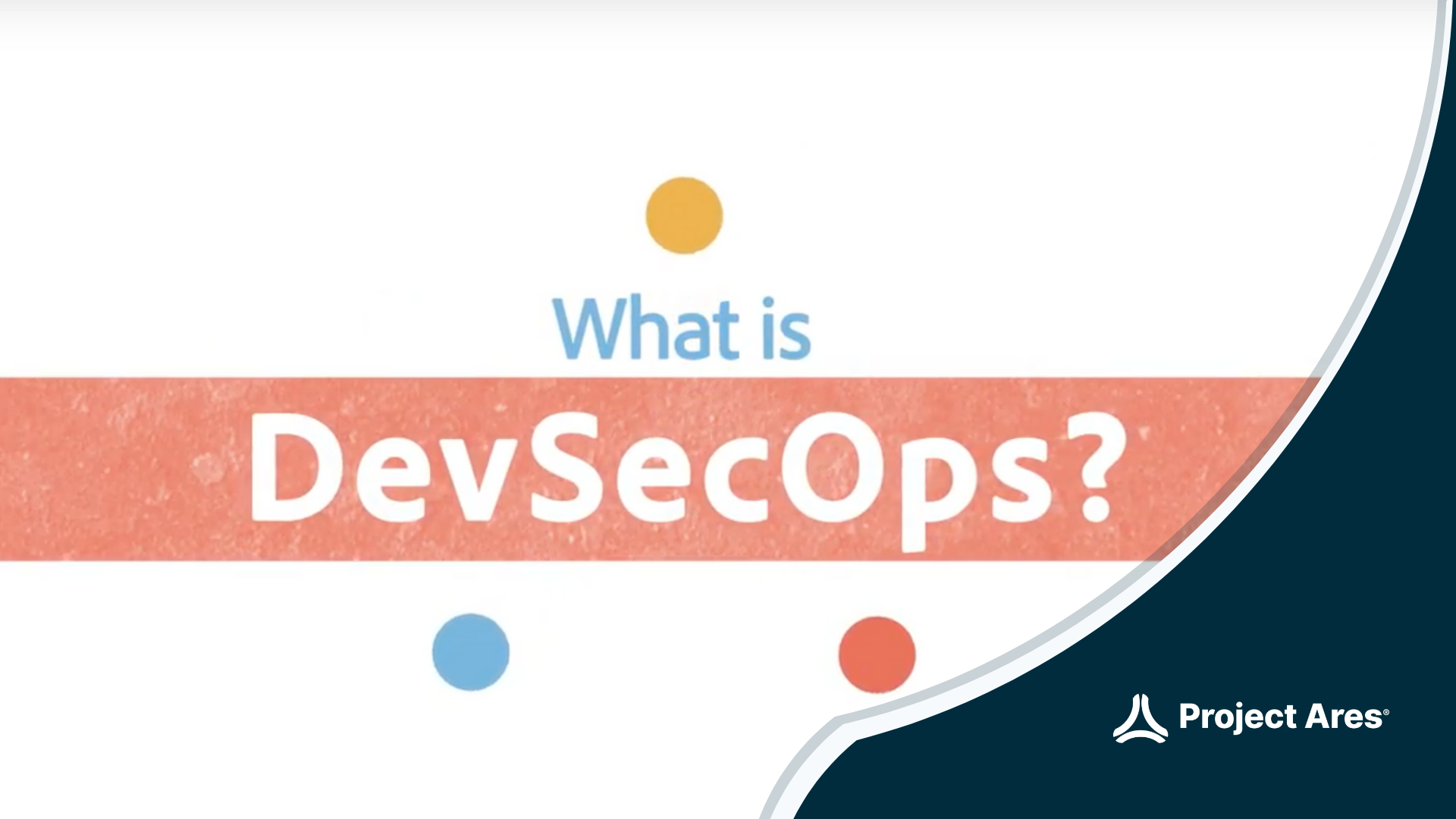Celebrate “National Cybersecurity Awareness Month” Year-Round
National Cybersecurity Awareness Month (NCAM) in October reminds us of the importance of being safer online in both our professional and personal lives. By employing fundamental cybersecurity best practices, ALL professionals from the C-Suite to the Administrator can better safeguard against ongoing threats infiltrating and exploiting systems and data every day.
The overarching theme of NCAM includes having a “shared responsibility [of cybersecurity] and we all must work together to improve our Nation’s cybersecurity.” Circadence couldn’t agree more. We are excited for the future of cybersecurity given the advancements in AI and machine learning and Natural Language Processing, all of which are features available in our cyber solutions focused on workforce readiness, cyber training and assessment, cyber ranges, cybersecurity awareness, and cyber competition/event support.
Turning Awarness Into Action
During this month of awareness, Circadence is hyper-focused on its commitment to continue providing resources and tools to automate and augment the cyber workforce to accomplish the goal of increasing cyber resiliency across all organizations.
While NCSAM is entering its 15th year as an annual initiative, Circadence has been using its history in online gaming to develop innovative solutions that help businesses defeat evolving cyber threats. We’re proud to contribute to the cybersecurity of our nation through unique training, assessment and education platforms that together, help non-cyber professionals and seasoned cyber managers become better offenders, defenders, and governance leaders.
It’s not just about raising awareness of cybersecurity practices; we are at a time where it’s equally important to take that awareness and use it to ACT. In the current state of cybersecurity, every business, academic institution and government organization is and continues to be vulnerable. Regardless of how many cyber teams are on the frontlines protecting your organization, regardless of the stringency of policy and procedures in place; regardless of frequency of system updates and access controls, hackers are determined, intentional, strategic and leveraging technology to manipulate a company’s data, liquidate valuable assets or finances, and ruin their reputation and public trust. Therefore, we, as cyber and non-cyber professionals, too, must be determined, intentional, strategic and continue to leverage technology to automate and augment the cyber workforce so they can stay one or two steps ahead of hackers.
Educating and upskilling professionals to improve cybersecurity awareness
We understand the challenges facing cybersecurity experts are insurmountable. From staffing shortages to skill deficits to budget constraints and overworked cyber teams, it can appear there’s minimal hope for improvement. We are changing that with our suite of solutions designed to place PEOPLE at the forefront of cybersecurity readiness. We believe the experts who control the advancing technologies used to prevent cyberattacks are the key to strong infosecurity environments.
This month is a time for cyber professionals and CISOs to explore new ways to modernize their cyber readiness strategy and upskill their cyber teams and non-cyber professionals. Circadence has two solutions to help: Its gamified training and assessment platform Project Ares® is one solution that CISOs can leverage cost-effectively to better prepare their organizations to protect against cyberattacks and elevate visibility to the C-Suite of the value of building and sustaining a strong cybersecurity posture.
Likewise, inCyt® is a game-based concept designed to educate non-cyber professionals on fundamental cyber offense and defense strategies in a fun and engaging way. The first of its kind, inCyt’s ability to educate the entire workforce through gamified activities that challenge opposing colleague’s infrastructure using phishing, botnets, and spyware disrupts the stale learning approach in the marketplace.
Finally, we have produced a series of whiteboard videos focused on the fundamental concepts of cybersecurity, both demystifying terminology and debunking processes to further our mission of cultivating an “all hands on deck” cyber culture. Visit our YouTube channel to view these videos. While National Cybersecurity Awareness Month is in October, the awareness and application of modern practices should continue throughout the entire year, so we don’t forget the value of a strong cybersecurity posture AND keep pace with imminent threats.
Let’s celebrate, educate, assess, and adopt modern cyber training practices year-round!








